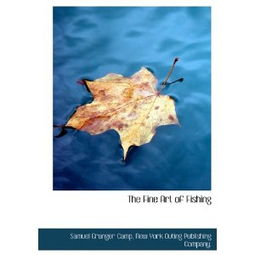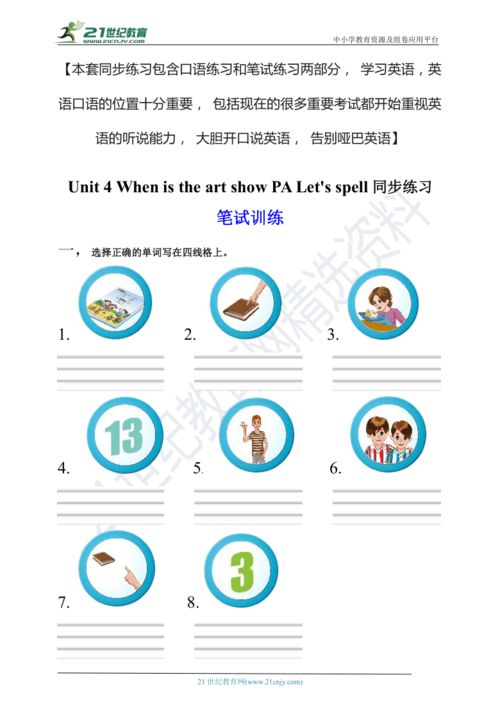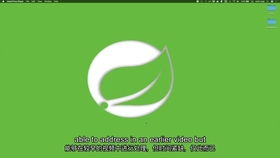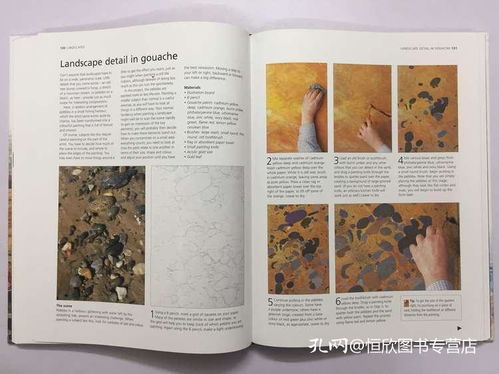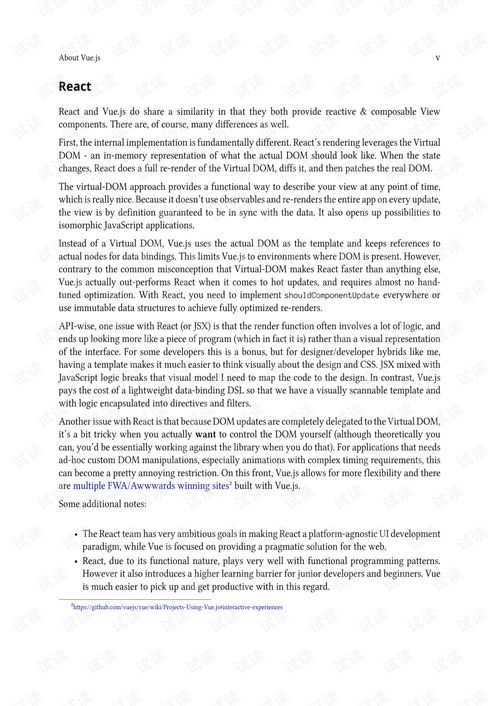Mastering the Art of Floating: A Comprehensive Guide to Adjusting Your Baitcasting Float and Angling Techniques with Illustrations Fishing is an ancient pastime that has been enjoyed by countless individuals across the globe. One of the most essential elements of successful fishing is mastering the art of adjusting your float. A well-positioned float can make the difference between a rewarding day on the water and frustration. In this article, we will provide you with a step-by-step guide on how to adjust your float, along with valuable angling techniques and illustrative diagrams to help you become a more skilled angler.
I. Understanding the Float: Before diving into the art of adjusting your float, it's crucial to understand its purpose. The float serves as an indicator, signaling when a fish has taken the bait. By observing the float's movement, you can determine the best moment to set the hook. Here's a brief overview of the different types of floats:
- Sinker Float: This type of float is primarily used for bottom fishing. It has a heavy base and is designed to sit on the bottom while the line extends above it.
- Sliding Float: As the name suggests, this float slides up and down the line as the fish moves. It's ideal for catching fish in open water or when fishing around structure.
- Fixed Float: This float remains in a fixed position on the line and is perfect for still-water fishing or when targeting fish that are near the surface.
II. Selecting the Right Float: Choosing the right float for your fishing situation is crucial. Here are some factors to consider when selecting a float:
- Water Conditions: If you're fishing in a river or stream with strong currents, you'll need a float that can handle the pressure. Conversely, in a still water environment, a lighter float will suffice.
- Target Species: Different fish species may require different float types and sizes. For example, a smaller float may be more suitable for catching panfish, while a larger float is better for targeting larger species like bass or pike.
- Depth: Consider the depth at which you're targeting fish. A deeper water column may require a heavier float, while a shorter water column can be fished with a lighter float.
III. Adjusting Your Float: Now that you have the right float for your fishing situation, it's time to adjust it. Here's a step-by-step guide to help you get started:
- Attach the Float: Begin by attaching the float to the line using a swivel or a float stop. Ensure that the float is securely fastened and that there are no loose knots.
- Attach the Leader: Connect the leader to the line using a knot such as the improved clinch knot or the blood knot. The leader should be long enough to prevent the fish from feeling the tension of the line when it's taken.
- Attach the Hook: Thread the hook through the eye of the float and attach the bait. Make sure the hook is properly positioned and that the bait is secure.
- Adjust the Float: To adjust the float, you'll need to add weight to the line. Start by adding a small split shot above the float. This weight will help you achieve the desired depth.
- Test the Float: Cast the line out and observe the float's movement. If the float is too heavy, it will sink too quickly. If it's too light, it may not indicate a bite effectively. Adjust the weight accordingly until you find the perfect balance.
- Set the Hook: Once you've achieved the desired depth and float position, it's time to set the hook. When you see the float move, gently tug on the line. If you feel resistance, it's likely a fish has taken the bait. Set the hook by firmly pulling on the line.
IV. Angling Techniques with Illustrations: To further enhance your fishing skills, here are some essential angling techniques accompanied by illustrative diagrams:
Casting: Learn the proper casting technique to ensure your bait lands in the desired location. The diagram below demonstrates the casting motion:
[Insert casting technique diagram]
Retrieval: Master the retrieval technique to attract fish and trigger bites. The diagram below shows the proper retrieval motion:
[Insert retrieval technique diagram]
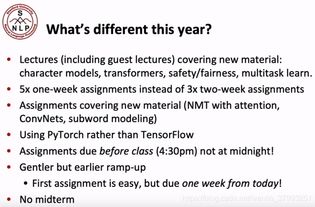
Bait Selection: Experiment with different baits to find what works best for your target species. The diagram below displays various baits and their applications:
[Insert bait selection diagram]
Reading the Water: Learn to read the water and identify potential fish-holding areas. The diagram below illustrates common underwater structures and features:
[Insert reading the water diagram]
Conclusion: Adjusting your float and mastering angling techniques are essential skills for any angler looking to improve their fishing experience. By following the steps outlined in this guide and utilizing the provided illustrations, you'll be well on your way to becoming a more skilled angler. Happy fishing!
